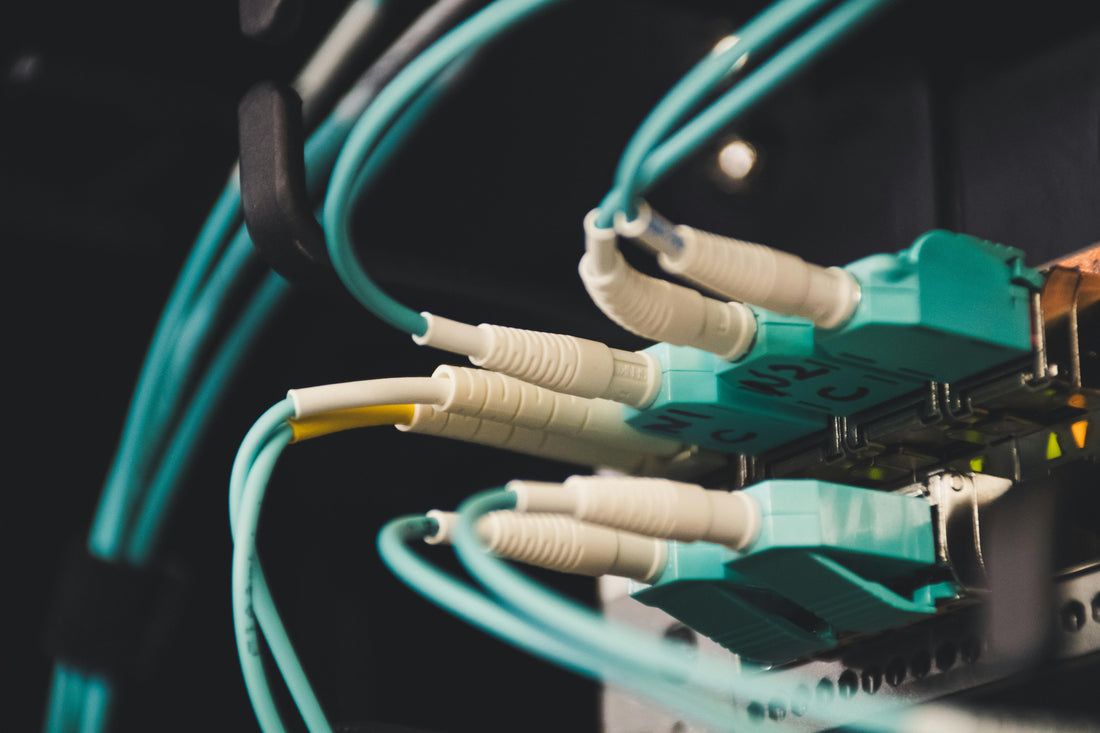
I2C Interface Explained: A Comprehensive Guide from Principle to Practice
Share
Introduction: Why I2C?
In embedded systems and electronic devices, efficient communication among sensors, memory chips, displays, and other components is critical. To address complex multi-device interactions, the I2C (Inter-Integrated Circuit) protocol emerged. With its minimalist two-wire design, I2C has become one of the most relied-upon communication protocols for engineers over the past 40 years. This article dives deep into I2C's technical details and reveals the engineering wisdom behind it.
一. Core Features of I2C
1.1 Physical Layer Design
- Two-Wire Architecture: SCL (Serial Clock Line) for synchronization, SDA (Serial Data Line) for data transfer
- Open-Drain Output: Supports multi-master bus arbitration (requires external pull-up resistors)
- Voltage Compatibility: Operates at 1.8V–5V (supports mixed-voltage devices)
1.2 Logical Layer Specifications
| Parameter | Typical Value |
|---|---|
| Max Slaves | 112 (7-bit addressing) |
| Speed Modes | Standard Mode: 100kbps |
| Fast Mode: 400kbps | |
| High-Speed Mode: 3.4Mbps | |
| Transmission Range | Board-level (<30cm) |
二. I2C Protocol Deep Dive
2.1 Communication Sequence
- Start Condition: SDA falls while SCL is high
- Address Frame: 7/10-bit address + R/W bit (0: write, 1: read)
- Acknowledge (ACK): Receiver pulls SDA low
- Data Frame: Each byte followed by ACK/NACK
- Stop Condition: SDA rises while SCL is high
2.2 Special Signal Handling
- Clock Stretching: Slave holds SCL low for flow control
- Repeated Start: New transmission without releasing the bus
- Broadcast Address: 0x00 for global commands
三. Four Key Advantages of I2C
- Simplified Wiring: Two wires for multi-device networks
- Multi-Master Support: Built-in collision detection/recovery
- Low Cost: No dedicated interface ICs required
- Protocol Flexibility: Mixed-speed device compatibility
四. Typical Applications
4.1 Sensor Networks
- Environmental Sensing: BME280 (temp/humidity/pressure)
- Motion Detection: MPU6050 (6-axis gyro)
- Light Sensing: BH1750 (digital light sensor)
4.2 Memory Devices
- Parameter Storage: AT24C32 (32Kb EEPROM)
- Configuration Memory: FM24V10 (FRAM)
4.3 Human-Machine Interfaces
- LCD Control: SSD1306 (OLED driver)
- Touch Input: FT6236 (capacitive touch controller)
五. Common Issues & Solutions
5.1 Bus Collisions
- Symptoms: Signal distortion, data errors
- Fix: Reduce pull-up resistor values (e.g., 4.7KΩ → 2.2KΩ)
- Tool: Logic analyzer for arbitration analysis
5.2 Address Conflicts
- Case: Multiple identical sensors with overlapping addresses
- Hardware Fix: Use address-select pins (A0/A1)
- Software Fix: Time-multiplexed bus access
5.3 Long-Distance Transmission
Challenge: Signal delay from capacitance
Optimizations:
- Lower speed (e.g., 10kbps)
- I2C buffers (PCA9515)
- Differential I2C (long-range variant)
六. Advanced I2C Applications
6.1 Multi-Master Systems
- Token Passing: Software-defined bus control
- Hardware Arbitration: Built-in collision detection
6.2 Hot-Swapping Support
- Isolators: ISO1540 for live insertion
- Level Shifters: TXS0108E for 3.3V/5V systems
6.3 Protocol Integration
- SMBus: Power management extension
- PMBus: Industrial power control
- IPMI: Server monitoring foundation
Conclusion: The Evolution of I2C
Since Philips introduced I2C in 1982, it has evolved from Standard Mode to Ultra-Fast Mode (5MHz). With IoT's demand for low power and high density, modern I2C integrates adaptive clocks, error checking, and more. Whether in simple sensor networks or complex multi-board systems, this two-wire bus remains indispensable in electronics.
Discussion: What challenges have you faced with I2C in your designs? Share your solutions!
